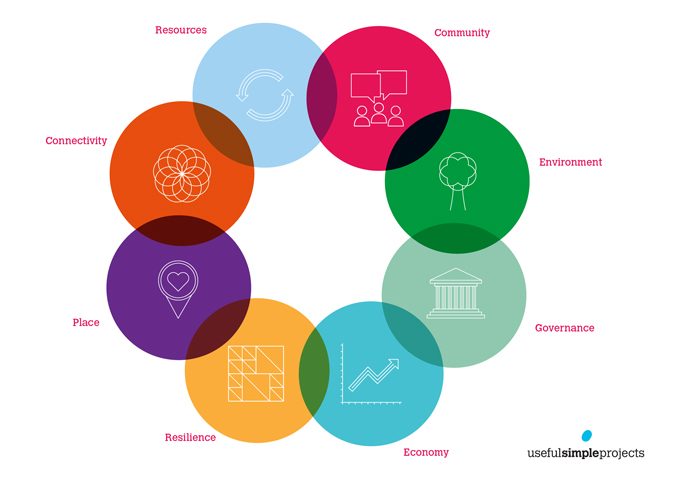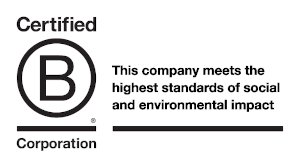We are living in the urban age; by 2050 75% of the world’s population will live in cities.
Useful Simple Projects’ Director of Sustainability Dan Epstein shares his thoughts on what makes a city sustainable.
Cities face a series of major social and environmental challenges including climate change, an aging and growing population, growing per capita consumption, an increase in obesity (1 billion people by 2025) at the same time as a billion people live in absolute poverty, water shortages, congestion and pollution and social unrest.
The best chance we have to address these challenges is to transform our cities into low carbon, high quality and inclusive places that offer citizens the chance to live healthy and fulfilled lives.
Enabling such cities requires innovation in:
- food production, distribution and consumption,
- low carbon transportation of people and goods,
- health services,
- local manufacture of goods using 3D printing and rapid prototyping,
- building technology,
- waste management that transforms waste into reusable resources and nutrients,
- low carbon energy technologies
- water treatment and reuse of sewage and waste water.
The advances in the way we use information and data will allow us to use resources and systems more efficiently, for example by sharing resources (the sharing economy), tracking flows of goods and materials, and making systems and products intelligent (internet of things).
The most progressive cities and city leaders are already addressing these challenges and using innovation to transform their cities. They are also thinking systemically about how their cities are designed and operated around the following themes:
- Rethinking spatial planning, moving away from urban sprawl towards transit-orientated development based on development of high density, mixed use neighbourhoods that are served by a high quality public transport hub and good quality pedestrian and cycle infrastructure. This approach to regeneration can dramatically reduce carbon emissions from a city.
- Rethinking the design of urban infrastructure and utilities by moving away from large scale, centralised energy and water networks, which can be inefficient and resource intensive, towards low carbon decentralised energy and water systems.
- Rethinking the way materials flow through the urban economy by redesigning goods and services so that they can be readily reused, reconditioned and recycled at the end of their life; this will reduce pollution whilst creating new economic opportunity.
- Rethinking the design of our buildings (commercial, civic and residential) and regenerating our existing building stock so that the built environment becomes much more efficient in its use of energy, water, materials and land and is designed to adapt to demographic, technological and social change.
- Redesigning our public spaces to include more parks, rivers, boulevards and public squares to help address climate resilience, enhance quality of life, provide outdoor play space, improve air and water quality and mitigate against noise pollution.
- Rethinking the design of our cities to support resilient economies by embracing change, supporting investment in universities, creating environments that promote innovation and engaging the private sector in supporting the communities in which they operate.
- Reengaging communities to live low carbon, high quality, lifestyles and encouraging people to actively engage in the governance, management and operation of their cities, neighbourhoods and public institutions.
- Repurposing our governance structures so they are more transparent and able to engage communities in creating places that are healthy, vibrant, inclusive and resource efficient.
Cities like New York, Vancouver, Sydney, Portland and Seoul are beginning to develop sustainable urban regeneration strategies. They recognise that this delivers competitor advantage by attracting footloose businesses and talent that wants to be located in the best cities in the world. At the same time it enhances the economic, social and environmental resilience of the city. The PlanNYC is possibly the best example of a holistic city strategy for sustainable urban living.
Transforming our cities so they are sustainable and resilient will require major investment in Low Carbon and Environmental Goods and Services (LCEGS). The 2015 Conference on Climate in Paris (COP21), created new impetus in our global drive to low carbon living. It will drive long term investment in the LCEGS, which is already one of the fastest growing industrial sectors globally. For those looking for a new investment opportunity, spotting the companies that are designing new goods and services that will support this transformation of our cities, is a very promising place to start.




